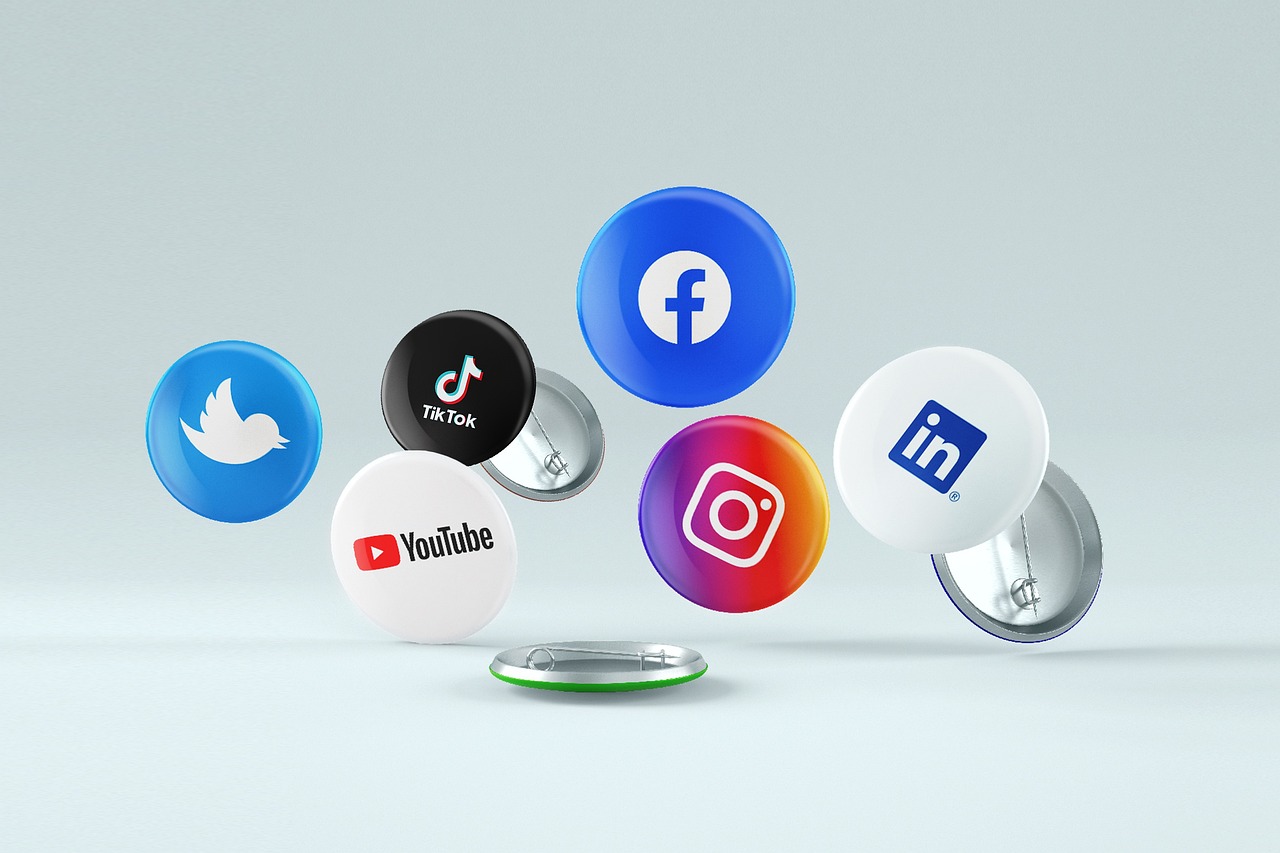In today’s fast-paced digital landscape, businesses constantly strive to capture the attention and loyalty of their audience. Traditional marketing strategies often struggle to break through the noise. Amidst this challenge, one timeless tactic stands out: storytelling. The power of storytelling in marketing is immense, allowing businesses to connect with their audience on a deeper, more emotional level. At Bucks Venture, we believe that harnessing the art of storytelling can transform your marketing efforts and drive substantial growth. In this comprehensive blog post, we will explore the various dimensions of storytelling in marketing, its benefits, and practical ways to implement it in your business strategy.

The Essence of Storytelling
Storytelling is an ancient art form that has been used for centuries to convey messages, share experiences, and preserve cultures. At its core, storytelling is about creating a narrative that resonates with the audience, evoking emotions, and making the message memorable. When applied to marketing, storytelling goes beyond mere advertisements; it builds a connection between the brand and its customers.
Why Storytelling Works
- Emotional Connection: Stories evoke emotions, and emotions drive decision-making. When customers feel emotionally connected to a brand, they are more likely to trust it, engage with it, and become loyal advocates.
- Memorability: Stories are easier to remember than plain facts and figures. A compelling narrative stays with the audience long after the initial interaction, making the brand more memorable.
- Differentiation: In a crowded market, a unique story sets a brand apart from its competitors. It provides a distinctive voice and identity that customers can relate to.
- Engagement: Stories captivate the audience’s attention and keep them engaged. They encourage participation, sharing, and interaction, fostering a sense of community around the brand.
The Science Behind Storytelling
Research in neuroscience and psychology supports the effectiveness of storytelling. When people listen to a story, their brains release oxytocin, a hormone associated with empathy and bonding. This makes the audience more receptive to the message and more likely to take action. Additionally, stories activate multiple areas of the brain, including those responsible for sensory experiences and emotions, creating a richer and more immersive experience.

Elements of a Compelling Story
To harness the power of storytelling in marketing, it’s essential to understand the key elements that make a story compelling:
- Characters: Relatable characters are the heart of any story. They can be real people, fictional personas, or even the brand itself. Characters help the audience see themselves in the narrative and form a connection.
- Conflict: Every great story involves a conflict or challenge that needs to be resolved. This element creates tension and keeps the audience engaged, eager to see how the situation will unfold.
- Resolution: The resolution provides closure and satisfaction. It shows how the characters overcome the conflict, offering a sense of hope or achievement that resonates with the audience.
- Authenticity: Authentic stories are genuine and credible. They reflect the brand’s values, mission, and personality, building trust with the audience.
- Emotional Appeal: Emotions are the driving force behind storytelling. A compelling story taps into the audience’s emotions, whether it’s joy, sadness, excitement, or inspiration.
The Role of Storytelling in Different Marketing Channels
Storytelling can be integrated into various marketing channels to create a cohesive and impactful brand experience. Here are some ways to leverage storytelling across different platforms:

Social Media
Social media is a powerful platform for storytelling due to its visual and interactive nature. Brands can use stories to:
- Share behind-the-scenes content that humanizes the brand.
- Highlight customer testimonials and success stories.
- Create episodic content that keeps the audience coming back for more.
- Use visuals and videos to enhance the narrative.
Content Marketing
Content marketing thrives on storytelling. Blog posts, articles, and eBooks can:
- Tell the brand’s origin story, sharing the journey and vision.
- Provide case studies that showcase real-world applications and results.
- Educate the audience through informative and engaging narratives.
- Offer thought leadership by sharing insights and experiences.
Video Marketing
Videos are a highly effective medium for storytelling, combining visuals, audio, and narrative. Brands can:
- Produce brand films that convey the brand’s essence and mission.
- Create customer story videos that highlight personal experiences and outcomes.
- Use animated videos to simplify complex concepts through engaging stories.
- Develop documentary-style content that explores relevant topics in depth.

Email Marketing
Email campaigns can benefit from storytelling by:
- Crafting personalized narratives that speak directly to the recipient.
- Sharing customer journeys and success stories.
- Using a series of emails to unfold a longer narrative arc.
- Incorporating visual elements to enhance the story.
Advertising
Story-driven advertising can be more impactful than traditional ads. Brands can:
- Develop commercials with a strong narrative that resonates emotionally.
- Use storytelling techniques in print and digital ads to capture attention.
- Create interactive ads that allow the audience to be part of the story.
- Leverage user-generated content to build authentic and relatable stories.
Building Your Brand Story
A compelling brand story is the foundation of effective storytelling in marketing. Here’s how you can build and refine your brand story:
Define Your Mission and Values
Your brand story should reflect your core mission and values. Ask yourself:
- What inspired the creation of your brand?
- What problems are you solving for your customers?
- What principles guide your business decisions?

Know Your Audience
Understanding your audience is crucial for crafting stories that resonate. Consider:
- Who are your customers?
- What are their needs, desires, and pain points?
- How does your brand fit into their lives?
Craft a Narrative Arc
Every story has a beginning, middle, and end. Outline your brand story with these elements:
- Beginning: Introduce your brand, its origins, and its mission.
- Middle: Highlight the challenges you faced and how you overcame them.
- End: Showcase the success and positive impact on your customers.
Be Authentic and Transparent
Authenticity builds trust. Ensure your brand story is:
- Genuine and honest.
- Reflective of real experiences and values.
- Consistent across all marketing channels.
Incorporate Visuals and Multimedia
Visuals enhance storytelling by making it more engaging and memorable. Use:
- High-quality images and videos.
- Infographics and illustrations.
- Interactive elements like quizzes and polls.
Case Studies: Brands That Excel at Storytelling
Several brands have mastered the art of storytelling, creating powerful narratives that resonate with their audience. Let’s explore a few examples:

Nike: The Power of Inspiration
Nike is renowned for its inspirational storytelling. Through campaigns like “Just Do It,” Nike shares stories of athletes overcoming adversity, pushing their limits, and achieving greatness. These narratives not only promote the brand but also inspire and motivate the audience, creating a strong emotional connection.
Apple: Simplicity and Innovation
Apple’s storytelling revolves around simplicity, innovation, and human-centric design. Their product launches and advertisements often focus on how their technology enhances users’ lives. By highlighting real-life applications and personal stories, Apple creates a sense of belonging and aspiration.
Dove: Real Beauty
Dove’s “Real Beauty” campaign challenges societal standards of beauty and promotes self-acceptance. By featuring real women with diverse body types and backgrounds, Dove tells authentic stories that resonate with its audience. This approach has built a loyal community and positioned Dove as a champion of body positivity.
Airbnb: Belong Anywhere
Airbnb’s storytelling emphasizes the sense of belonging and unique experiences. Their campaigns feature stories from hosts and guests, showcasing the personal connections and memorable moments created through the platform. This narrative fosters trust and a sense of community among users.

Practical Tips for Effective Storytelling
To harness the power of storytelling in your marketing strategy, consider these practical tips:
Understand Your Brand’s Unique Story
Every brand has a unique story that sets it apart. Reflect on your journey, values, and mission to uncover the narrative that defines your brand.
Focus on the Audience
Effective storytelling is audience-centric. Understand your audience’s needs, preferences, and emotions. Craft stories that resonate with them and address their pain points.
Be Consistent
Consistency is key to building a strong brand narrative. Ensure that your storytelling is consistent across all marketing channels, from social media to email campaigns to advertisements.
Use Data and Analytics
Leverage data and analytics to understand what types of stories resonate with your audience. Track engagement metrics, such as likes, shares, and comments, to refine your storytelling strategy.

Encourage User-Generated Content
User-generated content adds authenticity to your storytelling. Encourage your customers to share their experiences and stories related to your brand. Feature these stories in your marketing campaigns to build trust and engagement.
Incorporate Visuals
Visuals enhance the storytelling experience. Use high-quality images, videos, and graphics to make your stories more engaging and memorable.
Keep it Simple
Simplicity is powerful. Avoid overly complex narratives and focus on clear, concise, and impactful stories. A simple story, well told, can have a profound impact on your audience.
The Future of Storytelling in Marketing
As technology continues to evolve, the landscape of storytelling in marketing is also changing. Here are some trends to watch:
Interactive Storytelling
Interactive storytelling allows the audience to be an active participant in the narrative. Through interactive videos, augmented reality (AR), and virtual reality (VR), brands can create immersive experiences that engage and captivate the audience.

Data-Driven Storytelling
Data-driven storytelling leverages customer data and analytics to create personalized narratives. By understanding individual preferences and behaviors, brands can craft stories that resonate on a deeper level, fostering a more personalized connection.
Social Impact Stories
Consumers are increasingly drawn to brands that have a positive social impact. Telling stories about your brand’s contributions to social causes, sustainability efforts, and community initiatives can build a strong emotional connection and foster loyalty.
User-Generated Content
User-generated content will continue to play a significant role in storytelling. Encouraging customers to share their experiences and stories not only adds authenticity but also creates a sense of community and trust.
Short-Form Content
With the rise of platforms like TikTok and Instagram Reels, short-form content is becoming increasingly popular. Brands can leverage this trend by creating concise, impactful stories that capture the audience’s attention in a matter of seconds.

Conclusion
The power of storytelling in marketing your business cannot be overstated. It is a timeless and powerful tool that transcends traditional advertising methods, allowing brands to connect with their audience on a deeper, more emotional level. By crafting compelling narratives, businesses can build trust, foster loyalty, and drive engagement. At Bucks Venture, we believe that storytelling is not just a marketing strategy; it is the heart of effective communication and brand building.
Embrace the power of storytelling in your marketing efforts. Define your brand story, understand your audience, and create authentic, emotionally resonant narratives. As you harness the art of storytelling, you will see your brand come to life, capturing the hearts and minds of your audience and driving your business towards unprecedented growth.








